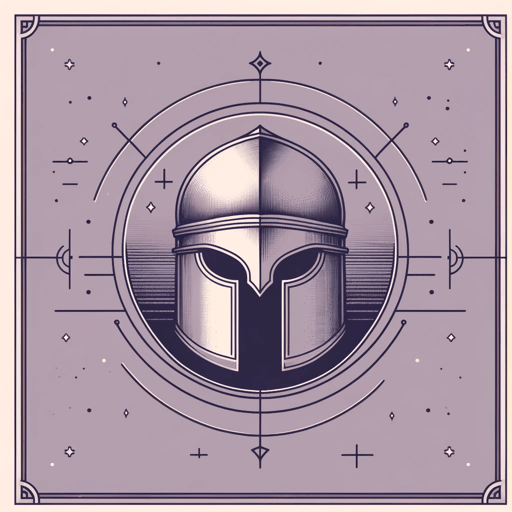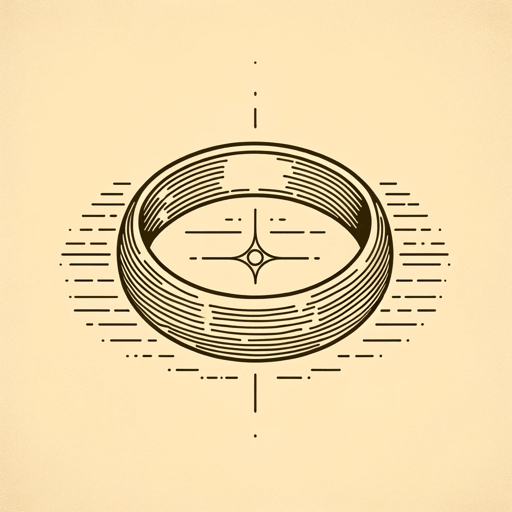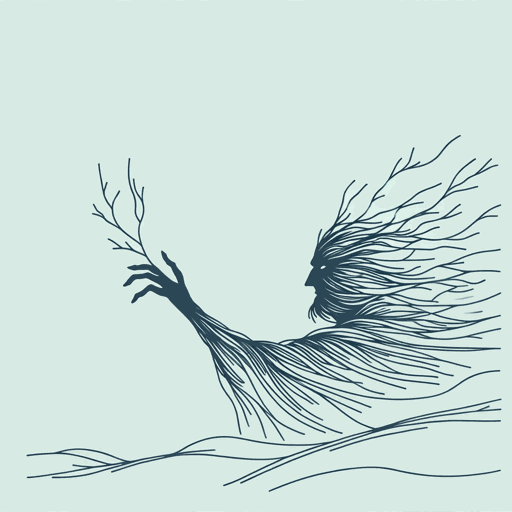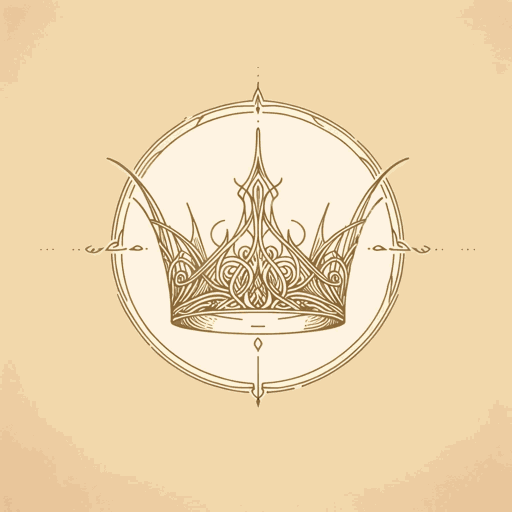93 pages • 3 hours read
J. R. R. TolkienThe Silmarillion
Fiction | Novel | Adult | Published in 1977A modern alternative to SparkNotes and CliffsNotes, SuperSummary offers high-quality Study Guides with detailed chapter summaries and analysis of major themes, characters, and more. For select classroom titles, we also provide Teaching Guides with discussion and quiz questions to prompt student engagement.
Symbols & Motifs
The Silmarils
Lending the novel its title, the Silmarils are the most potent symbols in The Silmarillion. Though they may just seem to be jewels, they are actually far more potent and powerful objects. They contain the soul of the world, an indescribable beauty that captivates whoever glimpses the Silmarils; they are “the house of [Arda’s] inner fire, that is within it and yet in all parts of it, and is its life” (30). This makes them very desirable, far more so than all the other jewels mentioned in the text. The Silmarils reflect the majesty of creation; they may even possess the ability to bring life back to the dead Trees of Valinor, though Fëanor refuses to break them open and find out whether this is possible. One Silmaril corrupts the heart of Thingol, another burns the stomach of a werewolf and drives the werewolf insane. When Maedhros and Maglor eventually get hold of the Silmarils, they cannot stand to live and both commit suicide.
The jewels are so wonderful that they drive the overarching narrative of the text. From the moment Fëanor creates the Silmarils to the moment his two sons kill themselves, the question of who possesses the Silmarils is the most important question in the novel.
Related Titles
By J. R. R. Tolkien

Farmer Giles of Ham
J. R. R. Tolkien

Leaf by Niggle
J. R. R. Tolkien

On Fairy-Stories
J. R. R. Tolkien

Return of the King
J. R. R. Tolkien

The Children of Húrin
J. R. R. Tolkien

The Fellowship of the Ring
J. R. R. Tolkien

The Hobbit
J. R. R. Tolkien

The Two Towers
J. R. R. Tolkien

